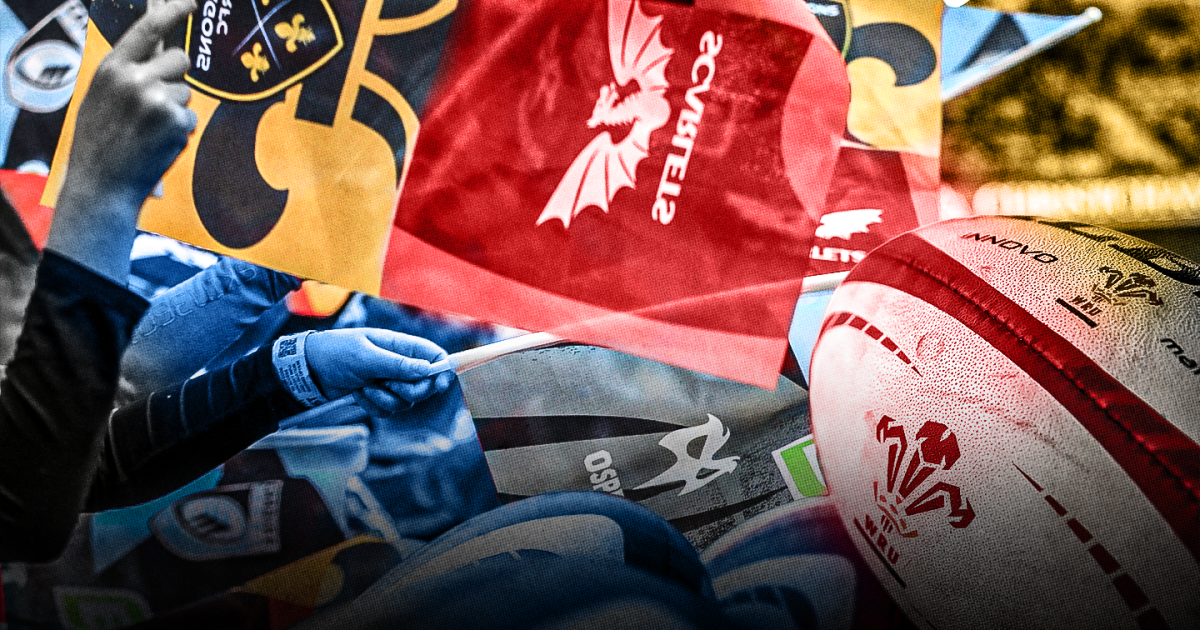Victorian Britain was a dangerous place to live, what with countless diseases spread by overcrowding and a lack of sanitation. It was also a time when medicines failed to hit the target with unerring consistency.
Some of the potions handed out actually did more harm than good, leaving those who took them worse off than they had previously been.
Such thoughts came to mind when the Welsh Rugby Union went public with their vision for improving professional rugby in Wales. No-one is suggesting for a minute those involved are anything but sincere in their desire to see the oval-ball sport thriving again on the western side of the River Severn, but there remains a nagging suspicion that the remedy favoured by the governing body, namely cutting the number of elite teams in Wales from four to two, might turn out to be a lot more dangerous than the illness.
That said, we can all agree the sport is in a state at the top level in Wales, with the problems including historical under-investment in development, modest crowds at certain grounds and concerns over money for all four regions, who play in a URC competition that many supporters have never truly warmed to.
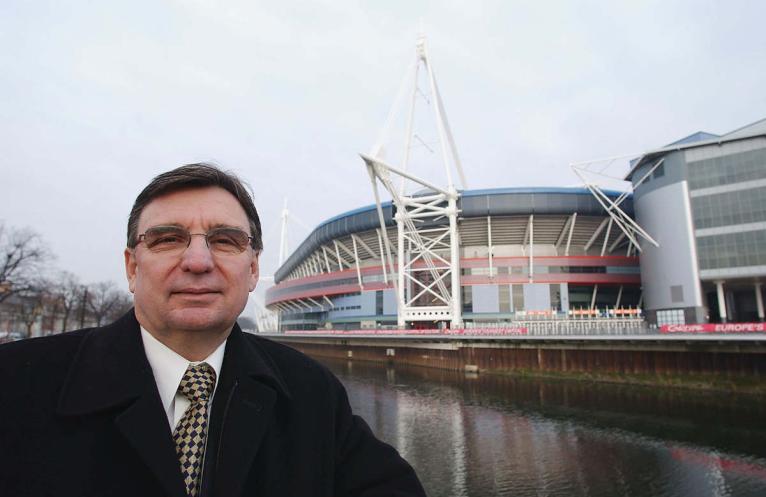 Former WRU chief executive David Moffett issued similar warnings in 2003 about Welsh rugby’s future before the creation of the regions (Photo David Rogers/Getty Images)
Former WRU chief executive David Moffett issued similar warnings in 2003 about Welsh rugby’s future before the creation of the regions (Photo David Rogers/Getty Images)
Add into the mix much-criticised governance over the years and the mediocre performances of the national team and the regional sides, plus a relentlessly toxic atmosphere as a backdrop to the game in Wales, and the picture is grim, indeed.
Pretty much all agree something needs to be done, just as they agreed back in 2003 that action needed to be taken when a flu-ridden David Moffett, coughing and spluttering throughout his speech, stood before an extraordinary general meeting of the WRU and told those present that Welsh rugby needed to adapt or die.
“We haven’t got the reserves for a rainy day,” he pointed out. With the union owing £66 million at the time, there were doubts whether they had the reserves to buy an umbrella, but that’s another matter.
Anyway, Moffett got his way, with 415 delegates backing the union’s proposal to set up regionally based organisations, and just seven voting against, replacing the system that had featured nine clubs. The new five-team structure, it was said, needed to last Welsh rugby for 50 years. Barely 12 months later, Celtic Warriors were done away with. Now the call that less is more is being heard again.
Do we need to ask how many Dragons loyalists based up in north Gwent would head to the Arms Park for their fortnightly fix of pro rugby? Possibly a tandem might do the job there.
To say it has not floated everyone’s boat in Welsh rugby is to deal in serious understatement.
The big worry is that further hacking away at Welsh rugby’s pay-for-play structure will drain interest and alienate supporters at a time when the sport in Wales needs all the backing it can get.
Just as many Pontypridd followers have declined to lend their support to Cardiff on the professional scene, so it is hard to imagine Scarlets fans rushing to back a Swansea-based team or too many Ospreys supporters being persuaded to cheer on a Llanelli-housed entity.
And do we need to ask how many Dragons loyalists based up in north Gwent would head to the Arms Park for their fortnightly fix of pro rugby? Possibly a tandem might do the job there.
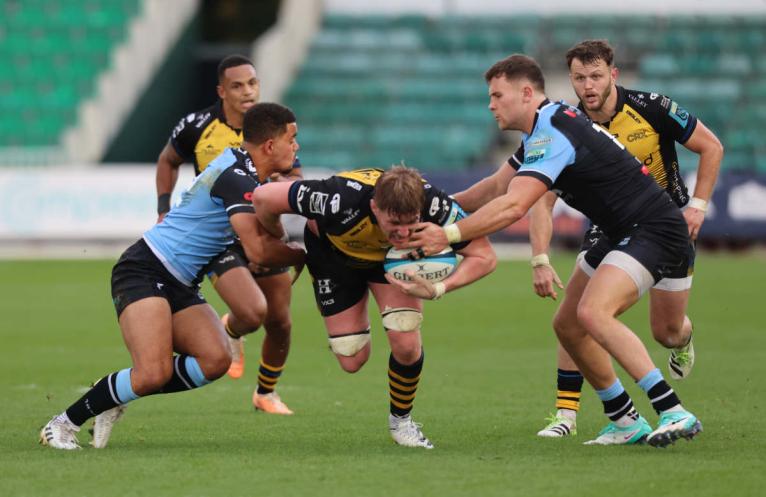 Dragons and Cardiff are traditionally closest rivals, with doubts over whether fans would support a new combination (Photo Huw Fairclough/Getty Images)
Dragons and Cardiff are traditionally closest rivals, with doubts over whether fans would support a new combination (Photo Huw Fairclough/Getty Images)
The WRU don’t appear to buy such a gloom-ridden scenario, with chairman Richard Collier-Keywood saying that while a reduction in clubs would have an impact on supporters of clubs no longer in existence, “there are other proposals in relation to strengthening the SRC [Super Rygbi Cymru] and the next level of rugby in Wales”.
“A lot of people have told us that actually that’s a level which deserves more support,” he continued. “In fact, on some occasions, it has more support than some of the regional rugby.
“So we want to strengthen that. We think, going forwards, that there are fans of players. It’s more complicated in the social media era in that supporters follow individual players as well. It’s a complicated equation.
“We do want to take fans with us. We hope the main thing that will take fans with us is that going forward we will have winning teams. That makes a big difference to whether people want to support teams or not.”
Doubtless, the speaker believes in his words about there being fans of players, but we cannot be sure such individuals count for diddly-squat in terms of influencing attendances. How many Dragons fans will regularly pitch up at the Arms Park to watch Taine Basham playing for Cardiff in the new campaign? It won’t be many.
Rugby in Wales is more than just a bit of fun on a Saturday afternoon; it’s an important part of community identity, with emotion and attachment to local teams mattering a lot
Fans of clubs will always count for more. In football Crystal Palace followers did not flock to the Emirates to see Arsenal unveil Eberechi Eze last weekend. It simply doesn’t work like that.
Most will wish the union’s boss well on his hopes for Super Rygbi Cymru drawing in the crowds in an adjusted structure, with Welsh rugby’s super-strength having for so long been its clubs.
But the reality is that even if those seen as surplus to requirements in a compressed professional scene filtered downwards, Super Rygbi Cymru will continue to be an event made up of second-tier players, making it a harder sell when it comes to the matter of persuading supporters to follow sides in that league in big numbers.
A sentence from WRU director of rugby Dave Reddin also made many sit up and take notice. “We are asking people to let go of the past and the present and imagine a completely different future,” he said.
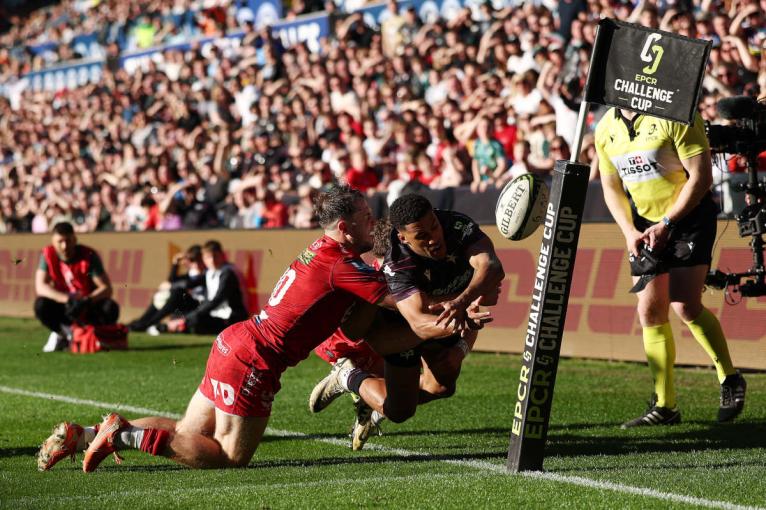 Derbies are usually well attended, with Ospreys and Scarlets meeting three times last season – including a knockout tie in Europe (Photo Dan Istitene/Getty Images)
Derbies are usually well attended, with Ospreys and Scarlets meeting three times last season – including a knockout tie in Europe (Photo Dan Istitene/Getty Images)
Again, not an easy ask. Rugby in Wales is more than just a bit of fun on a Saturday afternoon; it’s an important part of community identity, with emotion and attachment to local teams mattering a lot – hence why proposals to effectively do away with sides are generating such resistance. A Scarlets fan told the BBC losing the region would be “a huge loss, like losing your best friend”. No doubt followers of the other pro teams would say much the same. These things matter. Hugely.
Rivalries matter, too. Two regions would mean a drastic reduction in derby matches that supporters tend to enjoy the most, while surviving sides sharing a national campus is something else that doesn’t scream of raging competition.
Quite what such a notion would have meant to the late Brian Thomas we can only surmise. Before a cup semi-final against Cardiff, the legendary Wales and Neath forward instructed his team-mates prior to lining up for the pre-game photograph: “Nobody is to smile.”
Rivalry was a serious matter to Thomas and nothing was to blunt the edge he wanted the Welsh All Blacks to bring to the game. It was about setting the mood. For Thomas, the idea of two supposed arch competitors working together under the same roof would have been anathema.
Real-time polls on big screens, half-time competitions to win significant prizes, greater post-match interaction between players and fans after games – all could enhance the spectator experience and potentially boost attendances.
So what is the way forward for a scene sending out so many distress signals? Social media has thrown up a million and one suggestions over the past week, pretty much all of them different. The truth is there is risk attached to almost every single one, from doing nothing to trying to change everything.
But narrowing the player pool by halving the number of teams seems a course fraught with true peril.
Better perhaps to try to generate more revenue through better sponsorships and TV deals, redoubling efforts to set up an Anglo-Welsh competition, improved on-pitch performances, sharper fan engagement, keener rivalries and enhanced matchday experiences that would see games becoming occasions.
Can links with the business community in Wales be improved? Brive’s ascent to the top of European rugby in the 1990s was supported by 200 local companies, all of whom took immense pride in the club and their achievements. Of course, it’s asking a lot to expect backing on anything like that scale for elite teams in Wales, but we can wonder whether enough is being done to draw extra finance into the game west of the Severn Bridge.
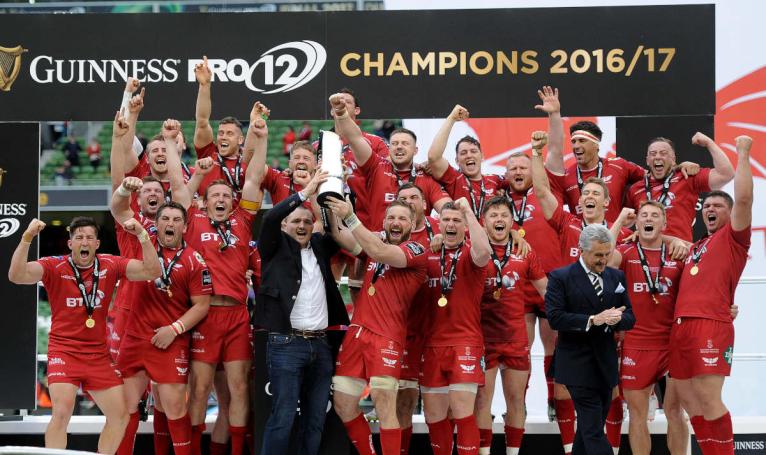 Scarlets were the last Welsh side to win a domestic title in 2017, and also reached the final the year after (Photo Ashley Crowden – CameraSport via Getty Images)
Scarlets were the last Welsh side to win a domestic title in 2017, and also reached the final the year after (Photo Ashley Crowden – CameraSport via Getty Images)
There are more questions. Could the WRU help the regions via marketing campaigns to promote the entire professional game in Wales? Or is hyper-customised messaging the way forward? Real-time polls on big screens, half-time competitions to win significant prizes, greater post-match interaction between players and fans after games – all could enhance the spectator experience and potentially boost attendances.
“We have to get away from the idea of shoving a supporter into the ground and letting him or her head home a couple of hours later without feeling the experience was anything special,” said the coach Lyn Jones – in 1995. Thirty years on how much has changed in Wales? Probably not enough for Lyn’s liking.
But with vision and the right backing, professional rugby can be made to work on the Welsh side of Offa’s Dyke. Ospreys consistently out-sold other club jerseys in the UK for a number of years and banked five trophies in their first decade, while Cardiff have attracted decent crowds even during the recent challenging times.
Like Ospreys, Scarlets have won league titles and pride themselves on having a resolute and vocal core of support, while the Dragons have worked hard to see themselves as financially stable, even if they have struggled on the pitch.
Cutting to two elite men’s teams seems a step too far, not least because it’s highly doubtful supporters who have already had their faith tested to breaking point will stomach such a move.
The point is the scene hasn’t been stripped of all hope.
There will be arguments about whether four equally funded sides can be made to work, as the union suggested just five months ago. Or might the idea of three plus a development team, with the aim of upgrading the lesser-funded outfit when finances allow, better fit the money currently available?
Whatever, cutting to two elite men’s teams seems a step too far, not least because it’s highly doubtful supporters who have already had their faith tested to breaking point, amid years of uncertainty, politicking and patchy governing body backing for the pro teams, will stomach such a move.
The late footballer Johan Cruyff used to say: “Before I make a mistake, I don’t make that mistake.”
That wouldn’t be a bad way of operating for those currently heading up Welsh rugby.

